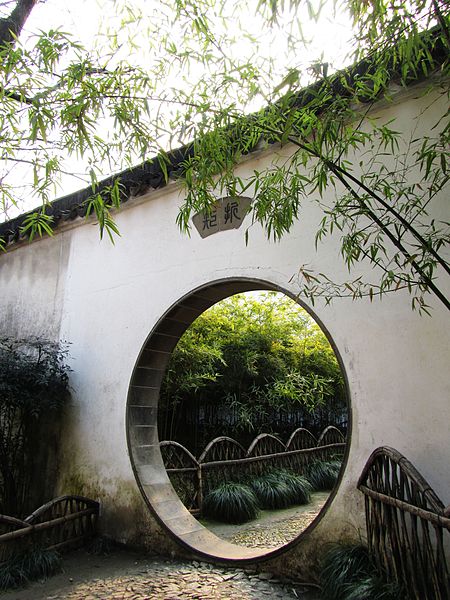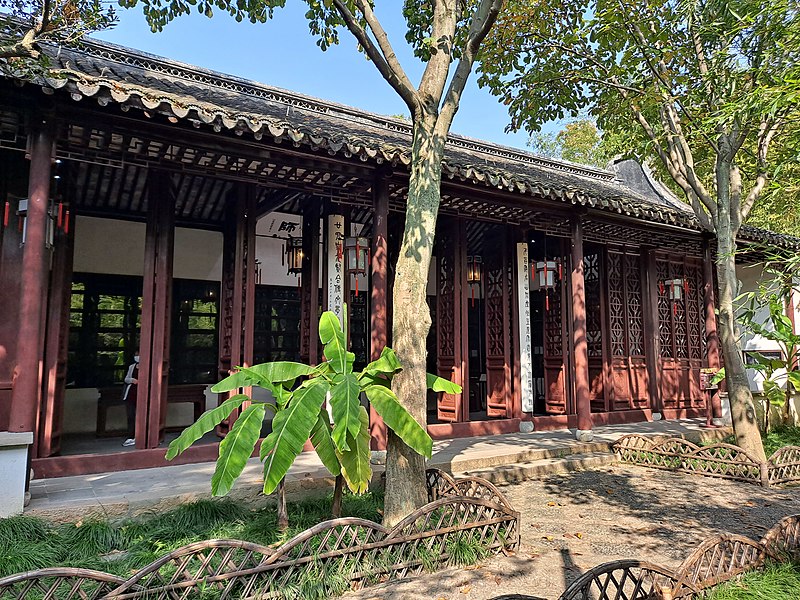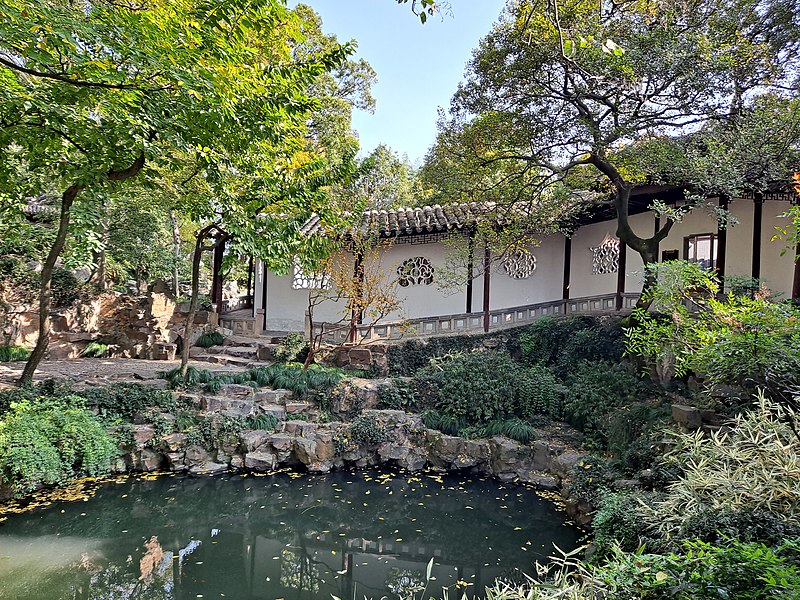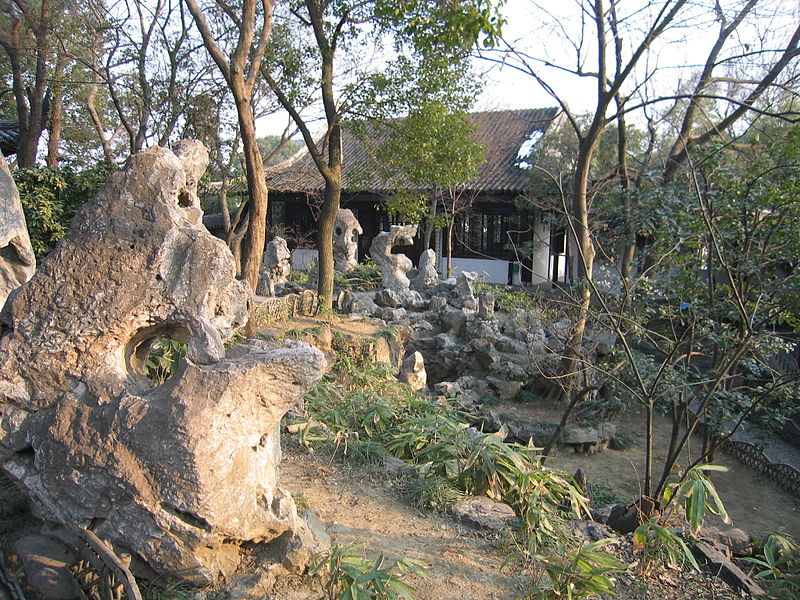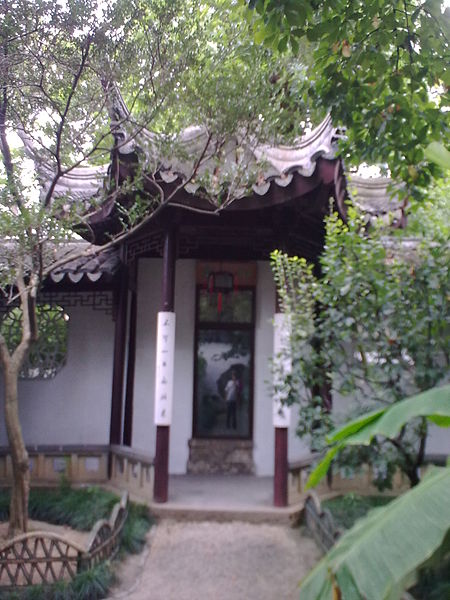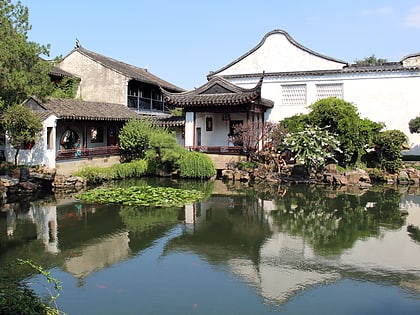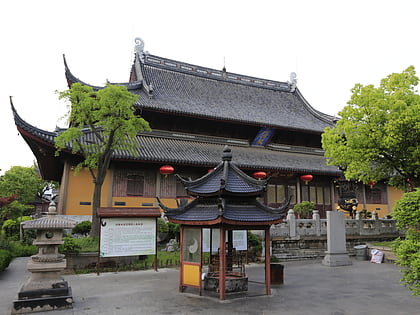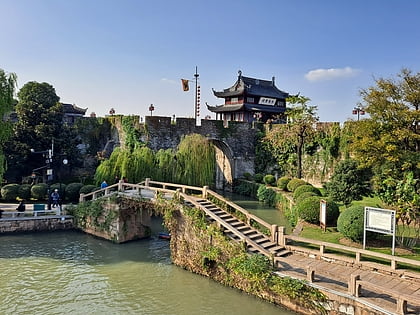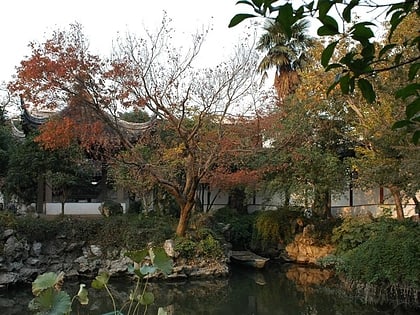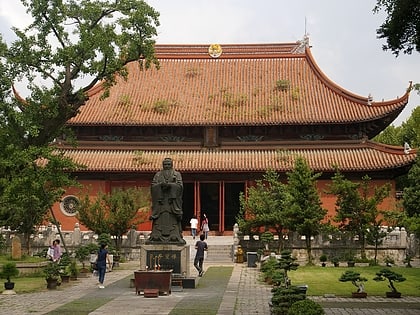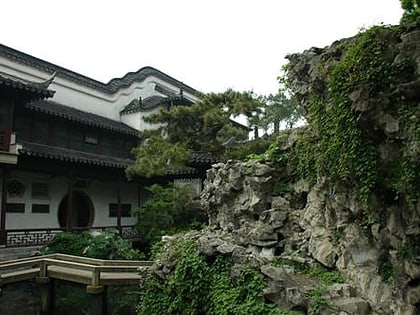Canglang Pavilion, Suzhou
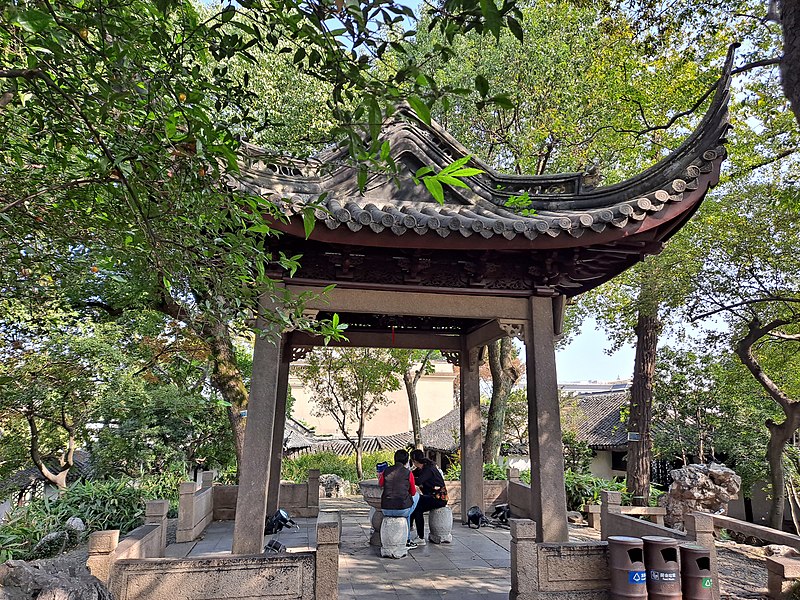
Facts and practical information
Nestled in the historic city of Suzhou, China, the Canglang Pavilion, also known as the Surging Wave Pavilion, stands as a testament to the refined garden culture of this ancient city. Established during the Northern Song Dynasty in 1044 AD, the pavilion is recognized as one of the oldest classical gardens in Suzhou and is a UNESCO World Heritage Site.
The Canglang Pavilion is not only a park but also a harmonious blend of nature and architecture, showcasing the sophisticated garden design of the Song Dynasty. It spans an area of 16,000 square meters, offering visitors a serene escape from the bustling city life. The pavilion itself is perched atop a small hill, surrounded by a tranquil pond, and is accessible through a series of winding paths and zigzagging bridges.
Upon entering, visitors are greeted by meticulously landscaped gardens, featuring a variety of trees, bamboo groves, and flowering plants. The garden's layout is strategically designed to create a natural flow between the different elements, with rockeries and water features adding to the overall aesthetic. The Canglang Pavilion is acclaimed for its use of space and perspective, skillfully incorporating the principles of feng shui to ensure a sense of harmony and balance.
The pavilion's architecture is a highlight, with its elegant structures and intricate carvings reflecting the sophisticated craftsmanship of the era. The main hall, with its expansive views of the garden, serves as a perfect spot for contemplation and appreciation of the surrounding beauty. Visitors can also find inscriptions and couplets by renowned scholars and poets, which add a layer of cultural depth to the garden's atmosphere.
Suzhou
Canglang Pavilion – popular in the area (distance from the attraction)
Nearby attractions include: Master of the Nets Garden, Xuanmiao Temple, Pan Gate, Garden of Pleasance.
Frequently Asked Questions (FAQ)
Which popular attractions are close to Canglang Pavilion?
How to get to Canglang Pavilion by public transport?
Bus
- 工人文化宫 • Lines: 1, 933 (4 min walk)
- 三元坊 • Lines: 1, 9003, 933 (5 min walk)
Metro
- Nanmen • Lines: 4, 5 (5 min walk)
- Sanyuanfang • Lines: 4 (7 min walk)
Train
- 三元坊 (7 min walk)
- 乐桥 (21 min walk)


